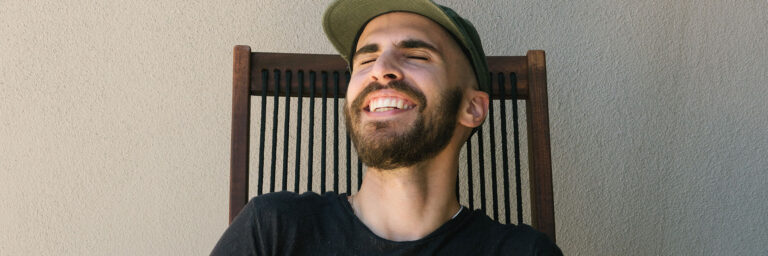Design is not just what it looks like and feels like. Design is how it works.
Design is far more than aesthetics; it’s about functionality and purpose. While visual appeal is important, true design goes beyond what something looks like or feels like—it’s fundamentally about how it works. Effective design seamlessly integrates form and function, ensuring that products, services, or systems not only catch the eye but also serve a practical and meaningful purpose. When design is focused solely on appearance, it risks becoming superficial and failing to meet the user’s needs.
At its core, design solves problems. Whether it’s simplifying a user experience, improving efficiency, or enhancing comfort, the ultimate goal is to create solutions that work intuitively. A well-designed product or interface is one where users can achieve their goals effortlessly, without needing to think too much about the mechanics. This means every design element—from layout and structure to materials and interaction—should be carefully considered with the user in mind, prioritizing usability as much as aesthetics.
This focus on functionality is what distinguishes good design from great design. When a design works well, it becomes invisible—users experience it without even noticing the thoughtful choices behind it. In this way, design becomes a bridge between innovation and real-world application, creating products that not only look appealing but also enhance and simplify everyday life.











